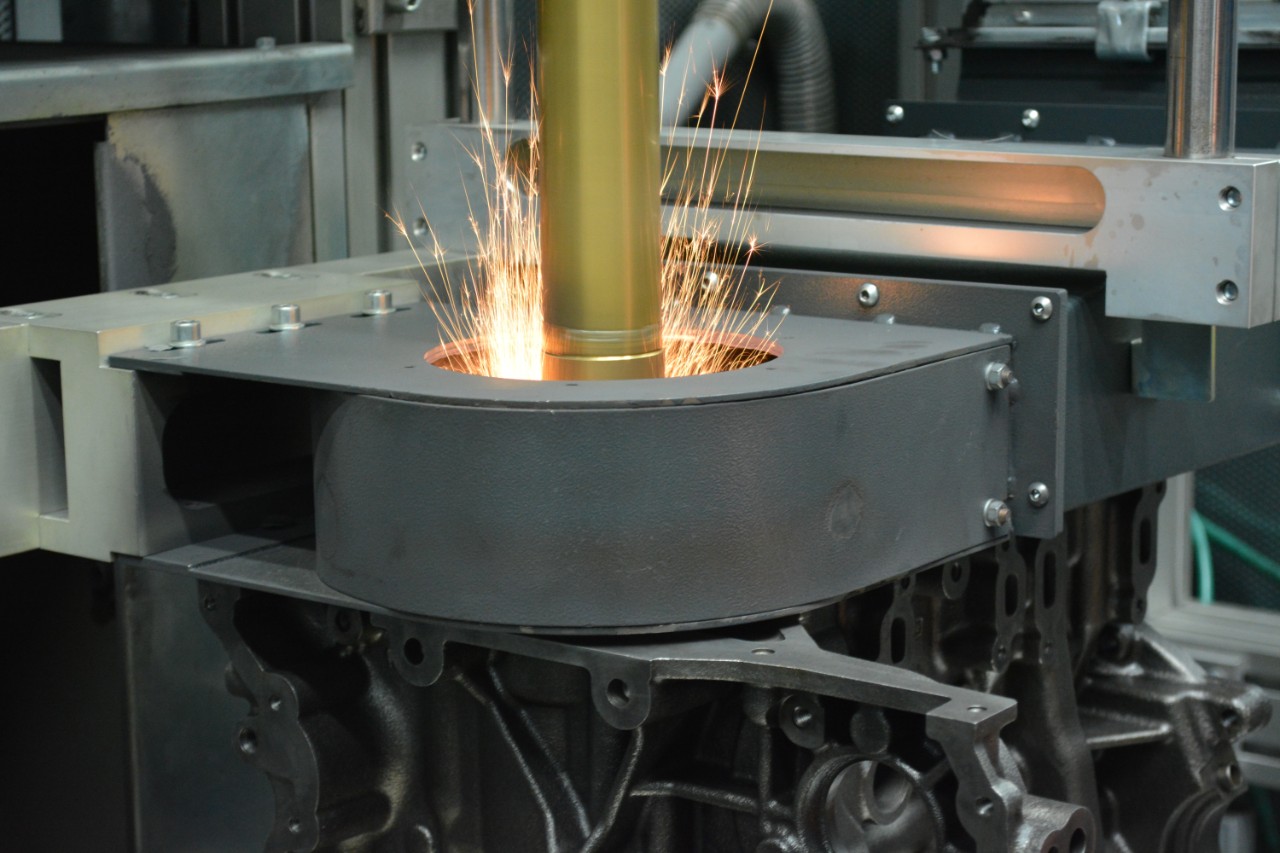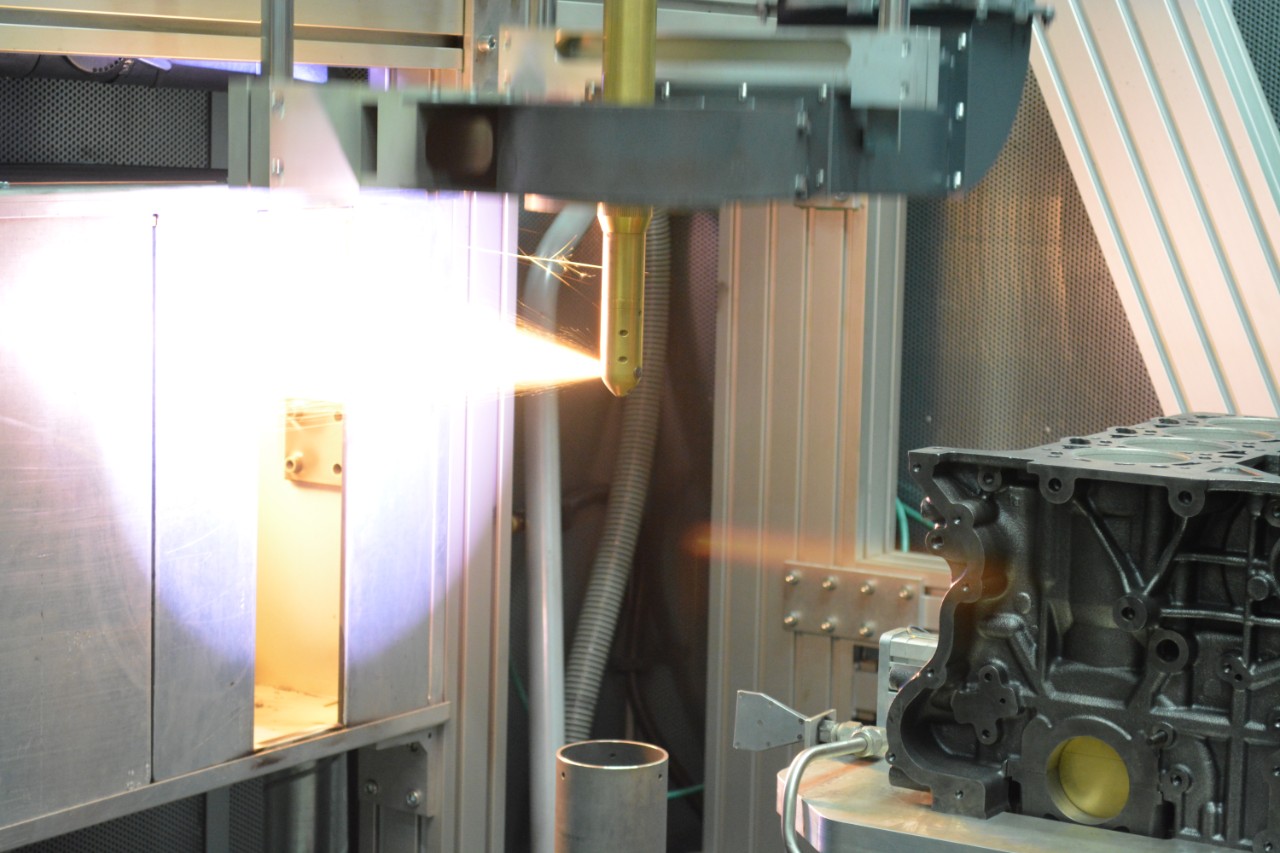The consequence of engine failure is generally a one-way ticket to the scrapyard. Refurbishing exhausted powerplants is costly and time-intensive, so in most cases, it simply makes more sense to order a new one. That being said, engine replacement requires a significant quantity of raw materials, and the manufacturing process results in more carbon emissions in our atmosphere. To make the procedure more efficient, Ford has developed a new technology that can bring broken engines back from the dead.
The technology involves a high-tech coating called Plasma Transferred Wire Arc, which lines the walls of cylinder blocks to restore them to factory condition. According to Ford, the technique delivers a 50-percent reduction in CO2 emissions compared to making a new engine, and utilizes far fewer resources.
“Traditional engine remanufacturing techniques can be prohibitively expensive, and energy intensive, requiring iron-cast parts and intricate machining processes,” explained Mark Silk, Supervisor of Powertrain Products at Ford Europe. “The Plasma Transferred Wire Arc coating technology removes the need for additional heavy parts and the processed engine block has a new life as the base of a replacement engine.”
The automaker has used plasma coating technology before on the Shelby GT350R Mustang, as it eliminated heavy iron cylinder liners and kept the weight of its flat-plane crank V8 down.
Ford’s quest to become environmentally friendly extends far beyond the engine block. In August, Cooper Tire and Rubber Co. made waves by utilizing a desert shrub called guayule to manufacture tires, and now Ford has followed suit. The company is investigating how it could use guayule to reduce the amount of imported rubber involved in automobile production. Ford is also considering the use of dandelions, sunflowers, and sugarcane to synthesize rubber alternatives. You can read more about Ford’s green aspirations here.




